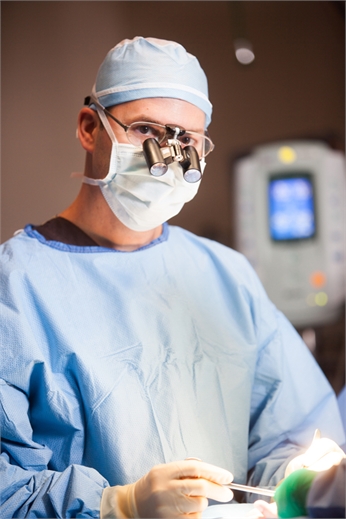Home | Education | Fractures and Sprain

Learn more about Clavicle Fractures
Learn more about Elbow Fractures
Learn more about Hand Fractures
Learn more about Scaphoid Fractures
Learn more about Ski and Snowboard Injuries
Learn more about Wrist Fractures
Learn more about Wrist Sprains
The information on this webpage is based on material from the American Society for Surgery of the Hand and is for educational purposes only.

Fractures & Sprain
Clavicle Fractures
The shoulder is a joint suspended by many muscles surrounding the upper extremity. The majority of fractures in children occur in the clavicle. In the adult, fractures within the upper part of the arm (proximal humerus) occur with increasing frequency with older age. Some fractures may occur with dislocation of the shoulder joint.Learn more about Clavicle Fractures
Elbow Fractures
Elbow fractures may result from falling onto an outstretched arm, a direct impact to the elbow, or a twisting injury. Sprains, strains, or dislocations may occur at the same time as a fracture.Learn more about Elbow Fractures
Hand Fractures
The hand skeleton is made up of many bones that form its supporting framework. This frame acts as a point of attachment for the muscles that make the wrist and fingers move. A fracture occurs when force is applied to a bone that is enough to break it. When this happens, there is pain, swelling, and decreased use of the injured part.Learn more about Hand Fractures
Scaphoid Fractures
The scaphoid bone is one of eight small bones that make up the "carpal bones" of the wrist. Fracture of the scaphoid bone occurs most frequently from a fall onto the outstretched hand. Typically there is pain initially, but the pain may decrease after days or weeks. Bruising is rare, and swelling may be minimal. Since there is no deformity, many people with this injury mistakenly assume that they have just sprained their wrist, leading to a delay in seeking evaluation.Learn more about Scaphoid Fractures
Ski and Snowboard Injuries
Skiing and snowboarding are among the most popular winter sports. Injuries to the upper extremity occur in a relatively predictable pattern. Fortunately, there are some ways to help decrease the chance for injury.Learn more about Ski and Snowboard Injuries
Wrist Fractures
The wrist is made up of eight small bones and the two forearm bones, the radius and ulna. The shape of the bones allows the wrist to bend and straighten, move side-to-side, and rotate, as in twisting the palm up or down. A fracture may occur in any of these bones when enough force is applied, such as when falling down onto an outstretched hand. Severe injuries may occur from a more forceful injury, such as a car accident or a fall off a roof or ladder.Learn more about Wrist Fractures
Wrist Sprains
A sprain is an injury to a ligament. Ligaments are the connective tissues that connect bones to bones; they could be thought of as tape that holds the bones together at a joint. These types of injuries are common in falls and sports. The wrist is usually bent backwards when the hand hits the ground such as when someone slips or trips and falls. These injuries also frequently occur during sports such as football and snowboarding.Learn more about Wrist Sprains